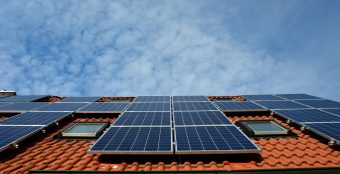
There should be no obstacles for those who want to invest in renewable energy sources on the way to decarbonization of the energy sector. And yet, by introducing the so-called “sun tax”, certain countries discourage their current and future consumers from this endeavor, while the owners of solar plants perceive this as a form of punishment, even though they are producing clean energy for the national power grids.
The Sun Tax is a solar tariff imposed to reduce congestion caused by electricity flowing in two directions – to and from consumers – by investing in parts of the grid where necessary.
Romania is one of the countries where this tax was met with strong opposition, which resulted in the Romanian government cancelling it in late March this year. Spain also cancelled the tax in 2018, only three years after it had been introduced.
According to Spanish media, the Sun Tax was intended to regulate the use of solar energy and the impact of self-consumption on the national electricity grid. The tax meant that consumers had to pay additional fees for producing and using their own solar power, which at one point discouraged investments in renewable energy sources.
While European countries are slowly phasing out their sun tax, in Australia, as of 2025, prosumers will have to pay a new export tariff for the solar power they forward to the power grid.
More:
- TRANSITION TO RENEWABLES CALLS FOR NEW APPROACH TO ENERGY SECURITY
- GROWING NUMBER OF FLOATING SOLAR POWER PLANTS IN ASIA
- GERMAN ONSHORE WIND SEES RECORD AUCTION VOLUMES, PERMITTING IMPROVEMENTS AND CRUCIAL NEW PORT INVESTMENTS
The plan is for each state to regulate sun tax collection further, but solar plant owners hope to be protected in several ways during the process. According to the Australian organization Solar Citizens, panel owners will continue to fight for a fair deal in the hope that governments will prioritize measures that allow everyone to access affordable and clean solar energy.
Australia is one of the largest countries in the world, and certain northern parts of the country have over 300 sunny days.
A report from the Australian Energy Market Operator (AEMO) indicates that in the fourth quarter of 2023, average generation from distributed photovoltaic (PV) systems reached an all-time high of 3,433MW, up 17 per cent from the same period in 2022, thus setting a record.



